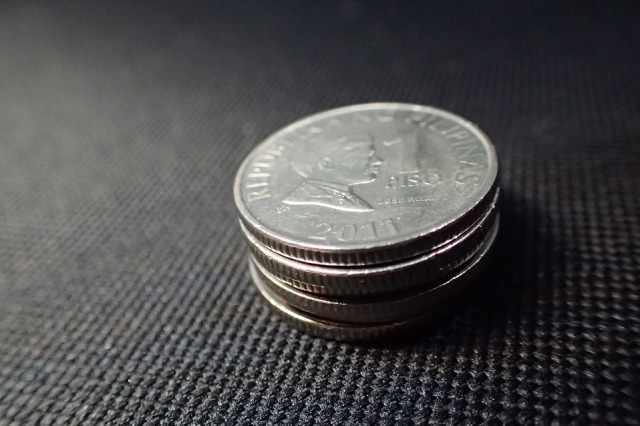Peso to weaken next year – DBS

DBS sees the peso ranging between 50.30 and 52.10 in the fourth quarter, 50.70 to 52.50 in the first quarter of next year, 51.10 to 52.90 in the second quarter, and 51.50 to 53.30 in the third quarter. File
MANILA, Philippines — DBS Bank Ltd. of Singapore sees the peso weakening further to a range of 52.50 to 53.30 to $1 next year as the Philippines is set to book its first current account (CA) deficit in 15 years this year.
In its Economics Markets Strategy for the fourth quarter, DBS said the peso would depreciate gradually to settle at an average of 51.20 to $1 in the fourth quarter, 51.60 to $1 in the first quarter of next year, 52 to $1 in the second quarter, and 52.40 to $1 in the third quarter.
DBS sees the peso ranging between 50.30 and 52.10 in the fourth quarter, 50.70 to 52.50 in the first quarter of next year, 51.10 to 52.90 in the second quarter, and 51.50 to 53.30 in the third quarter.
“Investor focus is generally on the weak peso which has performed differently from the past few years,” it said.
The investment bank said the peso is the worst performing currency in Asia so far this year, depreciating by 2.9 percent year-to-date while Asian currencies gained 5.2 percent versus the greenback.
It pointed out the Philippines already booked a current account shortfall of $319 million in the first quarter and the deficit is expected to increase to $600 million or 0.6 percent of gross domestic product (GDP) this year due to strong import growth while foreign inflows are not as strong as before.
Bangko Sentral ng Pilipinas Governor Nestor Espenilla Jr. earlier said a CA deficit of less than one percent of GDP is manageable for the current development phase of the economy.
DBS said the possible rate hikes and the reverse quantitative easing by the US Federal Reserve as well as the strengthening of the dollar would add to the pressure.
“The peso will continue to be under pressure if these trends persist,” it said.
The investment bank said there are no reasons to be worried about the peso’s weakness as investors would realize the strength in import growth especially capital goods for investments needs.
It also cited the strong inflow of remittances and robust gross international reserves that could bode well for growth later on.
Multilateral lender International Monetary Fund (IMF) as well as debt watchers Moody’s Investors Service and Fitch Ratings have raised concerns over the country’s record trade deficit, rapid credit expansion, robust private investment, fiscal expansion, and material capacity constraints.
However, the country’s inflation averaged 3.1 percent in the first eight months, well within the two to four percent target set by the BSP.
“The BSP did not share these overheating concerns but has signaled its readiness to raise rats should such signs emerge,” DBS said.
Despite the weakening of the peso, the investment bank said a currency crisis in the Philippines is quite unlikely as it is still being supported by strong remittances while foreign holdings of bonds are not high.
DBS retained its GDP growth forecast at 6.4 percent for this year and 6.7 percent next year but slashed its inflation forecasts to 2.9 percent from the original target of 3.2 percent for 2017 and 2018.
It expects the BSP to raise interest rates by 25 basis points in the fourth quarter and by another 25 basis points in the first quarter of next year.
- Latest
- Trending

























